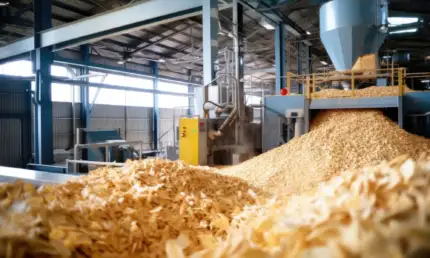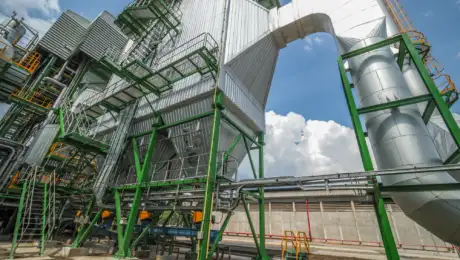
Control fire and explosion risks by identifying non-flammable oxygen levels for products
Limiting Oxygen Concentration (LOC) testing is a crucial safety assessment conducted to determine the highest oxygen concentration that can be allowed in a process where inerting is used as a measure to prevent dust explosions from occurring.
This test is relevant for facilities handling dust if you apply inerting as an explosion preventive measure. This measure is generally applied in closed systems such as storage vessels, silos, mills, bag filters, etc. handling ignition-sensitive dusts.
Inerting is the process of reducing the oxygen concentration in a closed system by supplying inert gas so that the atmosphere will be non-flammable/ non-ignitable.

Method
This test is performed based on EN 14034-4 2004: “Determination of explosion characteristics of dust clouds – Part 4: Determination of the limiting oxygen concentration LOC of dust clouds”.
Varying amounts of dust are dispersed inside a 20-litre explosion apparatus and ignited using a 2kJ chemical igniter. We repeat the test by gradually reducing the oxygen level inside the apparatus in steps, replacing it with inert gas, and varying the dust concentration until the Limiting Oxygen Concentration (LOC) is found.
The LOC is inert gas-dependent due to the different heat capacities of inert gases. The inert gas used on each occasion will be reported.
FAQs
-
1What is the primary purpose of Limiting Oxygen Concentration (LOC) testing?
The primary purpose of LOC testing is to determine the minimum concentration of oxygen below which a flammable gas or vapour will not ignite or sustain combustion. It helps establish safety thresholds in environments where flammable substances are present.
-
2In which industries is LOC testing particularly important?
LOC testing is crucial in industries dealing with flammable gases, vapours, or dust, such as chemical processing, petroleum refining, and manufacturing.
-
3How does knowledge of the LOC contribute to safety measures and risk management in industrial settings?
Understanding the LOC allows industries to establish safety protocols and operational limits to prevent oxygen concentrations from falling below the threshold for combustion. This contributes to overall risk management and reduces the potential for fires or explosions.
-
4What role does LOC testing play in emergency response planning and regulatory compliance?
LOC testing provides critical information for emergency response planning in the event of oxygen concentration fluctuations. It helps responders assess the potential for combustion-related incidents. Additionally, LOC testing contributes to regulatory compliance by ensuring that safety standards are met in environments where flammable substances are handled.





